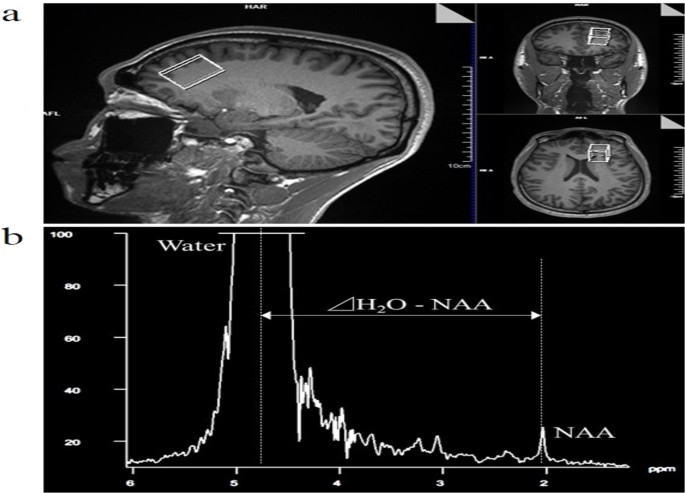- Select a language for the TTS:
- UK English Female
- UK English Male
- US English Female
- US English Male
- Australian Female
- Australian Male
- Language selected: (auto detect) - EN
Play all audios:
IMAGING Systematic ultrasound examination could be more sensitive than clinical examination for detecting residual disease activity in early rheumatoid arthritis (RA), even in patients who
are in remission. Ultrasound detected residual synovitis in 95% of 106 patients who were in clinical remission, and multivariable logistic regression analysis revealed that a positive
power-Doppler signal could predict synovitis relapse within 6 months. Scirè, C. A. _ et al_. Ultrasonographic evaluation of joint involvement in early rheumatoid arthritis in clinical
remission: power Doppler signal predicts short-term relapse. _Rheumatology (Oxford)_ doi:10.1093/rheumatology/kep171 INFLAMMATION Investigators have shown that methylprednisolone is superior
to infliximab for the treatment of a chronically inflamed knee. After administering 41 intra-articular injections of methylprednisolone or infliximab to 28 knees in 23 patients, van der
Bijl _ et al_. found that knee joint score improvements were insufficient in all patients given infliximab. By contrast, 8 out 21 methylprednisolone injections were effective. van der Bijl,
A. E. _ et al_. Efficacy of intraarticular infliximab in patients with chronic or recurrent gonarthritis: a clinical randomized trial. _Arthritis Rheum._ 61, 974–978 (2009). OSTEOARTHRITIS A
study published in _Osteoarthritis Cartilage_ demonstrates that local intra-articular injection of magnesium sulfate significantly reduces cartilage degeneration and suppresses synovitis
compared with saline treatment in a rat model of osteoarthritis. Furthermore, improvements in mechanical allodynia and thermal hyperalgesia were observed in the knees of rats treated with
magnesium sulfate compared with controls. Lee, C. H. _ et al_. Intra-articular magnesium sulfate (MgSO4) reduces experimental osteoarthritis and nociception: association with attenuation of
N-methyl-D-aspartate (NMDA) receptor subunit 1 phosphorylation in rat chondrocytes. _Osteoarthritis Cartilage_ doi:10.1016/j.joca.2009.05.006 VASCULITIS SYNDROMES According to research by
Palomino-Morales and colleagues in Spain, a polymorphism in the gene encoding Toll-like receptor 4 might be linked with a susceptibility to develop giant-cell arteritis (GCA). The
researchers identified a significant increase in the TLR4+896 G allele in 210 patients with biopsy-proven GCA compared with 678 matched controls, which they attributed to an increased
heterzygosity for the TLR4-896 A/G phenotype in patients. Palomino-Morales, R. _ et al_. Association between Toll-like receptor 4 gene polymorphism and biopsy-proven giant-cell arteritis.
_J. Rheumatol._ 36, 1501–1506 (2009). RIGHTS AND PERMISSIONS Reprints and permissions ABOUT THIS ARTICLE CITE THIS ARTICLE In brief. _Nat Rev Rheumatol_ 5, 467 (2009).
https://doi.org/10.1038/nrrheum.2009.160 Download citation * Issue Date: September 2009 * DOI: https://doi.org/10.1038/nrrheum.2009.160 SHARE THIS ARTICLE Anyone you share the following link
with will be able to read this content: Get shareable link Sorry, a shareable link is not currently available for this article. Copy to clipboard Provided by the Springer Nature SharedIt
content-sharing initiative








